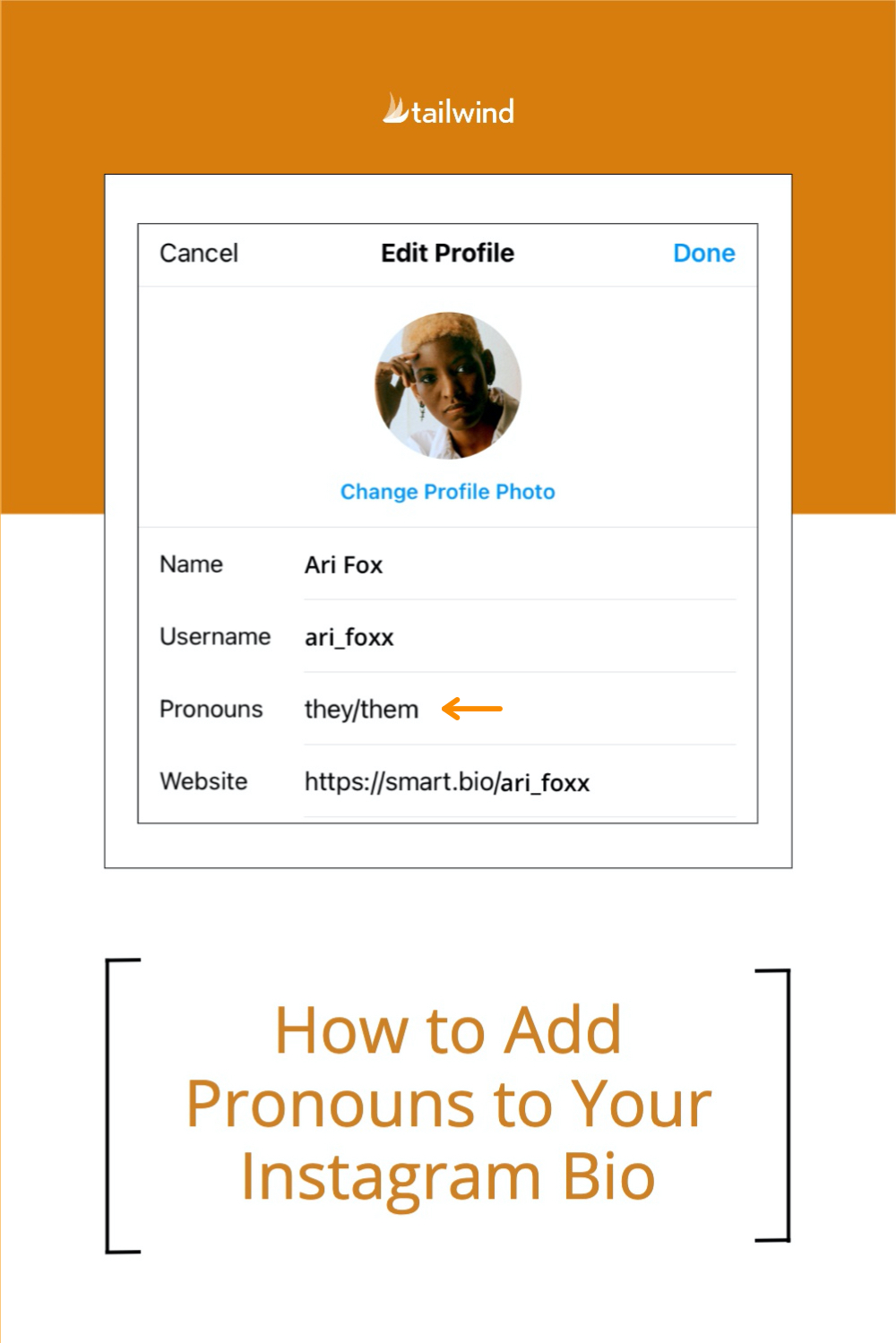

“In some cases it was used to conceal the gender of the person they were talking about because they were gossiping or because revealing the person’s identity could put them in danger.” Charles Dickens used they to anonymize gender in The Pickwick Papers, for example.

“ a natural way to use a pronoun to refer to someone whose gender is unknown or irrelevant,” says Baron.

According to Dennis Baron, a professor of English and Linguistics at the University of Illinois Urbana-Champaign and author of What’s Your Pronoun?: Beyond He or She, gender-neutral pronouns were discussed frequently among local newspapers and periodicals starting in 1789. When trans people hear others use gender-neutral pronouns, whether in regards to other people or when referring to us directly, we feel seen.Ĭritical discussions about the use of and need for gender-neutral pronouns date back to the late 18th century. These changes reflect both a need for more inclusivity in language and a desire to keep us all connected. And some avoid using pronouns altogether, opting instead to just use their name. Some people use multiple sets of pronouns, sometimes referred to as rolling pronouns, that shift over time or can be used interchangeably. Neopronouns like xe/xem or ze/zim are growing increasingly popular. The plural they shifted to a singular they several centuries ago, when writers went in search of a more gender-neutral pronoun multiple gender-neutral pronouns have come about since and been embraced by members of the trans and nonbinary communities. Throughout the history of the English language, pronouns have evolved to adapt to the circumstances of the times. Gender-neutral pronouns - sometimes referred to as nonbinary pronouns, gender inclusive pronouns, neopronouns, or other terms - aren’t a fad, and they aren’t new, either.


 0 kommentar(er)
0 kommentar(er)
